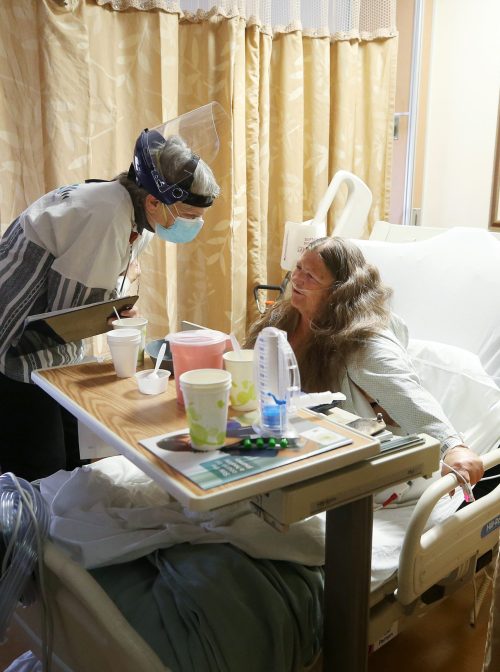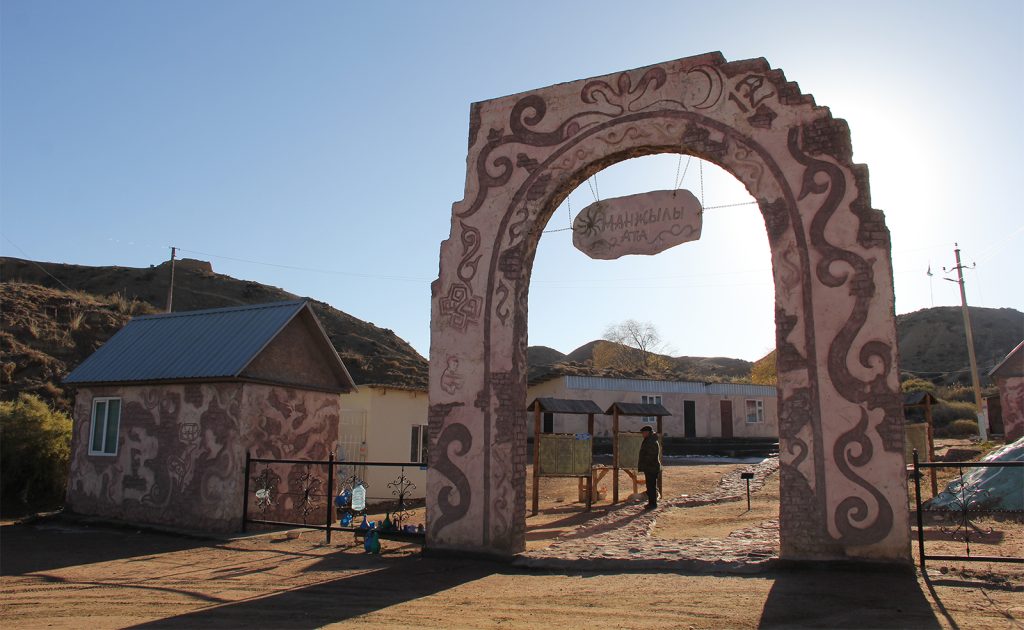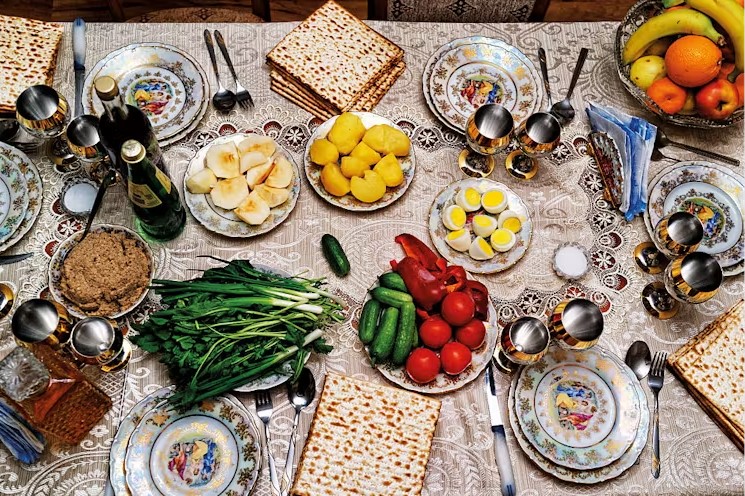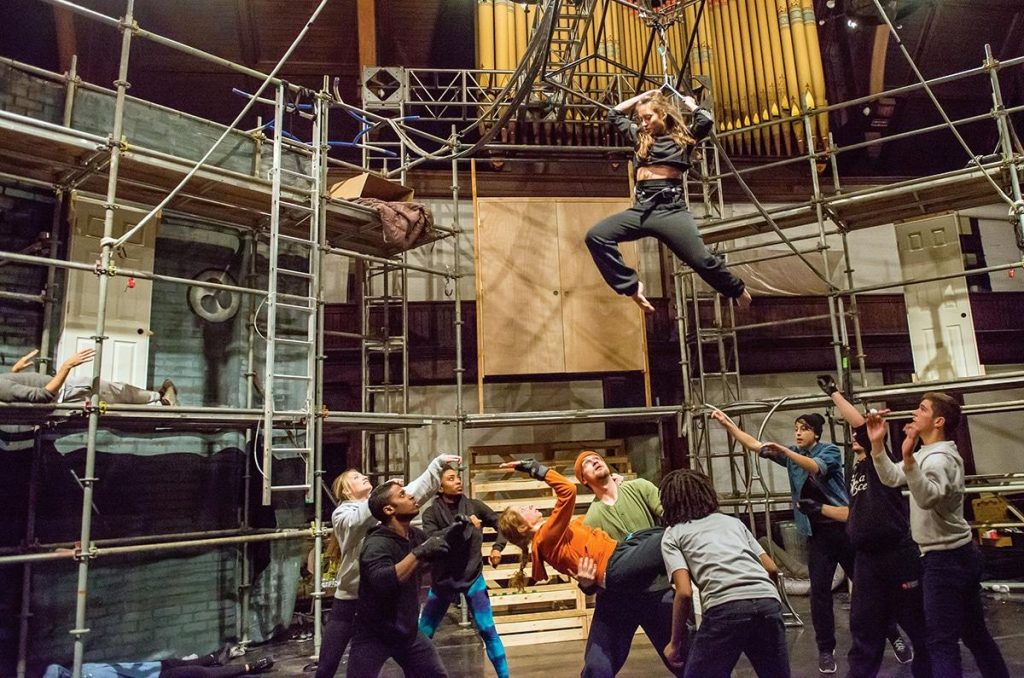When actor Rene Auberjonois, famous for roles like Father Mulcahy in “M*A*S*H,” died in December 2019, an irreverent joke began circulating in the Chaplaincy Innovation Lab, describing a shift in the purpose and meaning of chaplaincy:
“Father Mulcahy is dead.”
Owing to the long predominance of white Christian clergy members, chaplaincy often comes to mind in the form of Father Mulcahy of “M*A*S*H ” fame. Denominations considered chaplaincy second-best, and “congregational leaders looked down on chaplains, seeing them as not cut out for higher status work in congregations rather than as professionals with their distinct sense of vocation or service.”
With the rise of clinical pastoral education, growing academic programs in theological schools, and growing (though still lagging) demographic diversity, chaplaincy has advanced into a highly specialized profession.
Chaplaincy no longer looks like Father Mulcahy, defaulting to sacramental or ritual service provision. Instead, professional chaplains train as experts in providing a non-anxious presence to those in need. They no longer approach those they serve with religious outcomes in mind. Instead, chaplains meet individuals, families, and communities where they are — and let recipients lead the encounter.
Chaplains meet individuals, families, and communities where they are — and let recipients lead the encounter.
Yet, who receives this expertise and their thoughts about it remained unknown until recently — with support from Templeton Religion Trust, the Chaplaincy Innovation Lab commissioned a survey by Gallup, Inc. to describe how the public understands chaplaincy. The survey found that about 18% of the American public has interacted with a chaplain at some point.
Respondents reported that most interactions occurred in healthcare.
In follow-up interviews, most respondents discussed their perception of chaplains as figures with explicit religious significance: “Just under half spoke exclusively about interacting with a chaplain or chaplains that met the Gallup definition,” a description of chaplaincy which the poll had explicitly proffered. About a third discussed interactions that met the definition “but also spoke extensively about other spiritual leaders or friendships with spiritual components.”
Other interviewees mentioned chaplains who met the Gallup definition but also discussed clergy or others in congregational leadership — in other words, not chaplains.
How did so many conflate chaplains with others who would not self-identify as chaplains, even in a nationally representative survey that clearly defined “chaplains”?
As my colleagues Wendy Cadge and Amy Lawton wrote in a recent article, “Care recipients tend to view the functional or religious component of chaplains’ work as their master status and the main reason care recipients might want to engage with a chaplain again,” and that “family, friends, and occasionally therapists were cited as equal or better sources of social and emotional components of care. Respondents see the religious expertise as chaplains’ unique contribution.”
This is a problem for chaplains.
Why? Because chaplains do not primarily describe who they are or what they do regarding religion. Cadge and Lawton write that “religious specificity is downplayed while the ‘minimalist’ nature of presence is emphasized … presence, contra religion, is considered the defining characteristic of chaplaincy work.” Chaplains often discuss their work as offering a “ministry of presence” to those they serve.
If you ask a chaplain, they are not primarily religious leaders.
If you ask the public, chaplains are primarily religious leaders.
This disconnect has significant implications for America’s interfaith society. Correcting it will bolster what Interfaith America founder Eboo Patel calls ”the single most important value for a diverse community” — “being able to work well with people with whom you disagree.” Chaplains excel at this work because of its centrality to their service, setting aside even fundamental differences between themselves and those they serve. Professional spiritual care embodies what Christopher Seiple and others call “covenantal pluralism,” which “entails the responsibility to engage, respect, and protect one another, without necessarily regarding others’ beliefs or behaviors as equally true or right.”
Chaplains have no option but to do this work of pluralism well.
As Chaplaincy Innovation Lab Director Wendy Cadge has observed, in the “spiritual infrastructure of the future,” informed by decreasing rates of traditional religious affiliation, chaplains will offer themselves as the spiritual support and accompaniment for meaning-making that congregational clergy historically have done. But if those individuals and communities think of chaplains as congregational leaders operating outside the “walls” of a congregation, they will miss what chaplains bring.
Healthcare offers a clear example of where this work succeeds.
In a healthy spiritual infrastructure of the future, chaplains will occupy a central role in health and wellness. A better understanding of what chaplains do will allow chaplains to expand their presence in healthcare institutions and encounter more patients, families, and caregivers to support whole-person health. Chaplains can also contribute to healthcare institutions by encouraging and supporting religious diversity education, which research has suggested can improve patient outcomes.
Father Mulcahy may be dead, but spiritual care is not.
Professional chaplains from all backgrounds stand ready to support those in need, regardless of religious identification, including none. Let us look forward to a future when we understand the deep societal value of spiritual care and how it informs whole-person care.
Michael Skaggs, PhD is Director of Programs of the Chaplaincy Innovation Lab. He is also the host and producer of the Lab’s webinar series and editor of the Lab’s written publications. He was previously Director of Communications at Transforming Chaplaincy.
Trained at the University of Notre Dame as a historian of American religion, Michael’s original work and book reviews have appeared in Sociology of Religion, American Catholic Studies, American Jewish Archives Journal, International Journal of Maritime History, U.S. Catholic Historian, Books & Culture, and elsewhere. He serves on the Historical Preservation Commission of South Bend – St. Joseph County, Indiana.
WEbinar
March 19
Interfaith America and the Chaplaincy Innovation Lab host a virtual conversation on the “generalist-specialist” model for care that engages religious diversity to strengthen health outcomes.




